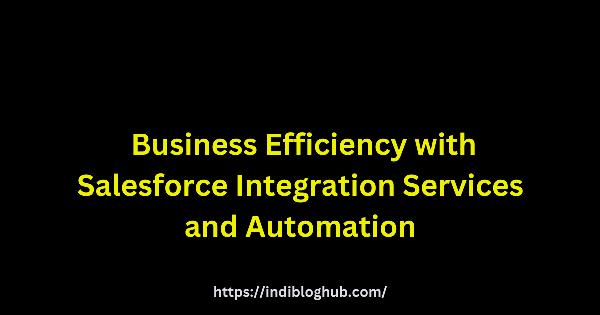
72-Month Car Loan Trap: Why Low Payments Cost You More originally appeared on Autoblog.
What does stretching a five-figure purchase into six-year installments say about our relationship with cars? Is it healthy? Great for finance companies, less our pockets. Have we allowed ourselves to be driven there? Here’s how to take back control.
The 72-Month Car Loan Phenomenon
I slid into the dealer’s driver’s seat, felt the leather hug my palms, then froze at “72 months.” Whoa! The finance manager tapped the screen and winked: “Lower payment.” I typed six years of obligation like signing a lease on a sculpture I’d never own outright. Americans now average 68.63-month new-car loan terms, financing vehicles almost like mortgages.
What’s Driving the Six-Year Finance Trend?
Sticker shock meets budget limits. The average new-vehicle transaction price hit $48,641 in January. Buyers fixate on seat-of-the-pants monthly payments, then let lenders stretch terms until that number lands in their “comfort zone.” Subprime shoppers chase 84-month deals; prime borrowers opt for 72 months.
Captive finance arms splash incentives on 72-month deals like syrup on pancakes, while banks pocket profit on the back end. A slip from 6.85% to 6.73% APR year-over-year looks shiny, but tack on a dozen extra payments and watch your savings evaporate.
The True Cost: Interest, Depreciation, and Negative Equity
Extending your loan term doesn’t build equity — it delays it. Stretching to 72 months increases total interest paid by thousands. Once the warranty expires, repair bills hit like a pothole at highway speed. Negative equity becomes normal when your balance outpaces resale value.

Mortgage vs. Auto Loan: Why the Parallel Fails
Mortgages build home equity; auto loans front-load interest and back-load payoff. You don’t treat a car like real estate. A six-year debt run transforms ownership into an endurance contest, not a milestone.
How to Break Free: Shorter Terms and Savvier Financing
Opt for 60 months or less: Fewer payments, less interest.
Boost your down payment: Reduces loan principal and negative equity risk.
Shop credit unions and banks: Compare APRs on 48- to 60-month options.
Request total-interest disclosures: Demand clarity on what you’ll pay over the life of the loan. You’ll be shocked by the differences.
Reclaim Your Ownership
That engine growl under your hood isn’t just horsepower — it’s the sound of a 72-month clock winding down. You pay for control. Don’t let your loan own you. Focus on ownership, not just monthly relief. Drivers deserve options that reward true purchase, not prolong debt.
72-Month Car Loan Trap: Why Low Payments Cost You More first appeared on Autoblog on Jul 12, 2025
This story was originally reported by Autoblog on Jul 12, 2025, where it first appeared.














